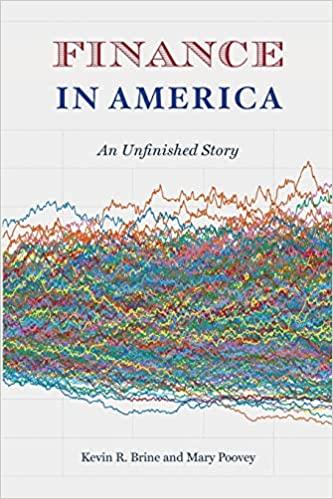Question
Consider Karla, an individual investor. Karla is 30 years old, earns after-tax income of $50,000 per year, expects to retire at age 65, and receive
Consider Karla, an individual investor. Karla is 30 years old, earns after-tax income of $50,000 per year, expects to retire at age 65, and receive after-tax Social Security payments in retirement of $20,000/year. Karla has a current net worth of $50,000 and the after-tax return on investment is 1% per year. She believes he will continue to earn $50,000 per year in real terms over the next 25 years.
Assuming Karla believes he may live as long as 100 years, what is the maximum steady rate of consumption that she can maintain while keeping net worth positive through age 100? How does your answer change if the return on investment is 3% per year instead of 1%? How does your answer change if Karl wishes to leave an estate at death of $1,000,000? For each case, what is the savings rate defined as (1-Consumption/Income)?
**PLEASE SHOW ALL STEPS IN CALCULATIONS TO SOLUTIONS, THANK-YOU!**
Step by Step Solution
There are 3 Steps involved in it
Step: 1

Get Instant Access to Expert-Tailored Solutions
See step-by-step solutions with expert insights and AI powered tools for academic success
Step: 2

Step: 3

Ace Your Homework with AI
Get the answers you need in no time with our AI-driven, step-by-step assistance
Get Started


